Supreme Court turns away a 2nd Amendment challenge to blue-state bans on assault weapons
Published in Political News
WASHINGTON — A closely divided Supreme Court refused Monday to hear a 2nd Amendment challenge to the bans on semi-automatic rifles in Maryland, California and eight other blue states.
Gun rights advocates say these AR-15s are owned by millions of Americans, and they argue the 2nd Amendment protects weapons that are "in common use by law-abiding citizens."
But they fell one vote short of winning a hearing on the question before the Supreme Court.
Three conservatives — Justices Clarence Thomas, Samuel A. Alito and Neil M. Gorsuch — voted to hear the 2nd Amendment challenge.
But Justice Brett M. Kavanaugh refused for now to cast the key fourth vote. He called the lower court ruling upholding Maryland's ban "questionable," but agreed with the majority in turning down the appeal for now.
"In my view, this court should and presumably will address the AR–15 issue soon, in the next Term or two," Kavanaugh said.
The closely watched appeal had been pending since December, and the outcome suggests that the majority, including Chief Justice John G. Roberts, is not ready to strike down state laws that restrict semi-automatic guns.
Monday's no-comment orders let stands law in Maryland and Rhode Island that forbid the sale or possession of "assault weapons" and large-capacity magazines.
California adopted the nation's first ban on assault weapons in 1989. Since then, Connecticut, Delaware, Hawaii, Illinois, Massachusetts, New Jersey, New York and Washington have enacted similar laws, all of which would have been struck down if Maryland's law were ruled unconstitutional.
Lawmakers in California and nine other Democratic-led states say these rapid-fire weapons are especially dangerous and not needed for self-defense.
Maryland said its ban applies to "certain highly dangerous, military-style assault weapons of the sort used in a series of highly publicized mass shootings."
The case tested the reach of the 2nd Amendment and its "right to keep and bear arms."
For more than a decade, the justices have turned away gun-rights appeals that challenged local or state bans on assault weapons.
In 2008, the court ruled for the first time that the 2nd Amendment protects an individual right to self-defense, but its constitutional rulings since then have been modest in their impact.
The justices struck down city ordinances in Washington and Chicago laws that prohibited private possession of handguns, and they ruled states may not deny law-abiding citizens a permit to carry a concealed weapon.
In opinion polls, most Americans are opposed to a ban on handgun possession but they support a ban on semi-automatic assault rifles.
Maryland passed its ban on "assault weapons" after the mass shooting at the Sandy Hook Elementary School in 2012, where 20 children and six school employees were killed.
The law was upheld last year in an opinion written by a prominent conservative judge.
Judge J. Harvie Wilkinson, a Reagan appointee who was a finalist for a Supreme Court nomination in 2005, said the AR-15, AK-47 and similar rapid-fire rifles are not protected by the 2nd Amendment.
"They are military-style weapons designed for sustained combat operations that are ill-suited and disproportionate to the need for self-defense," he wrote in a 9-5 decision by the 4th Circuit Court of Appeals. "We decline to wield the Constitution to declare that military-style armaments which have become primary instruments of mass killing and terrorist attacks in the United States are beyond the reach of our nation's democratic processes."
The dissenters said the 2nd Amendment protects the right to the "arms" that are in common use.
"Today, the AR-15 and its variants are one of the most popular and widely owned firearms in the Nation," wrote Judge Julius Richardson, a Donald Trump appointee.
"As of 2021, there are at least 28 million AR-style semiautomatic rifles in circulation. For context, this means that there are more AR-style rifles in the civilian market than there are Ford F-Series pickup trucks on the road — the most popular truck in America."
Three years ago, the court said in an opinion by Thomas that the 2nd Amendment should be interpreted based on the nation's history and tradition of gun regulations.
However, the two sides in the Maryland case differed on what to glean from that history.
Gun-rights advocates said there was no early history of laws banning common firearms.
But some judges and state lawyers said the history shows that when new dangers arose—including stored gun powder, dynamite and machine guns—new restrictions were written into law. If so, that would support new laws adopted in response to the danger posed by rapid-fire weapons.
The justices denied review in the case of Snope vs. Brown in the fall.
©2025 Los Angeles Times. Visit at latimes.com. Distributed by Tribune Content Agency, LLC.
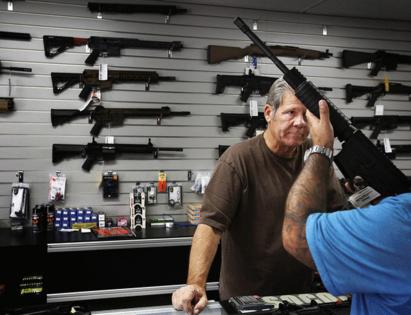

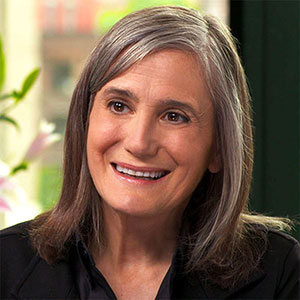
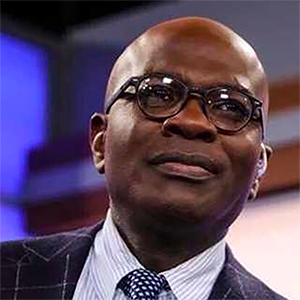



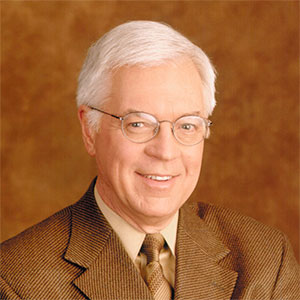





















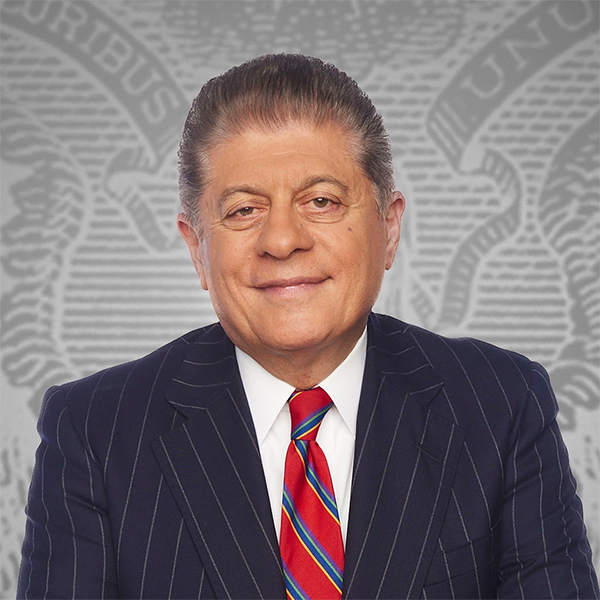



























Comments